Our roads. Our streets.
I campaign for everyone to be able to safely, quickly and easily transport themselves whether on foot, by one, two, or more wheels or even by the air.
My main way of getting about is by bicycle. As someone who cycles, I sometimes feel more vulnerable on the road. I shouldn’t. No one should. This feeling perhaps opens my eyes more to the problems on our roads and gives me the drive (pardon the pun) to make our roads a safer place.
The first victim of fatal car crash was on 17th August 1896. Bridget Driscoll was killed whilst crossing the street and being hit at the a speed of 4mph. At this time there were roughly 20 cars on the roads of Britain. At the end of June 2020, there were 38.4 million licenced vehicles on the road.
Roads today in the UK are quite safe; at times nearly the safest in Europe. But people still die on a daily basis though with about 5 people on average a day losing their lives. That’s just bigger than a classroom full of people that cease to exist per week. No one plans to go out, transport themselves and not come back that evening. The number of serious injuries recorded in 2021 were 26,701. This works out on average someone is killed or seriously injured every 16 minutes. My Mum’s best friend was killed in a car on car collision. When I was at primary school, my Year 6 teacher, who had been with us for a month and a bit, was ripped away. Road are full of risk. The effects are enormous. Most people directly or indirectly know someone who has died. This would not happen in any other aspect of our lives. Imagine if people were killed at work. Or if there was a train crash. Aeroplane went down. Each would prompt an immediate thorough investigation where the reason is found and eliminated. But with road crashes? Thoughts and prayers. Sweep up the mess and move on. It needs to change.
Everyone needs to follow the rules and advice of using the road. Otherwise one person’s mistake can become the injury or death of another person.
I found this video and thought the tips were useful:
Walking, cycling, driving or well, even minding one’s own business just sitting in a coffee shop can be dangerous.
Everyone needs to have due care, consideration and respect for other road users. People need to use their eyes and their minds in order to navigate themselves in the most efficient, easiest but the safest and most courteous way.
I want to make it very clear that I do not place the bicycle as a superior mode of transport. I don’t overlook the fact that, for example, some cyclists jumping red lights can cause lead to collisions or that some pavement cyclists have hit, injured and even killed pedestrians. The focus needs to be relative though. For some reason there is an almost fascination with cyclists doing either of the above and subsequent granted assumption that they are the biggest risk. The statistics show otherwise but no-one bats an eyelid when drivers nip through on red or drive on the pavement. Why is this?
Here are a few examples of people not using their eyes nor brain, care nor consideration. Of course, this happens all the time. These are just a few examples I have personally documented.
How did this happen? Why did this happen? This is just over a mile from my house. I found out from someone who witnessed this that a lorry wanted to come from the road furthest in the photo to the nearest point. The driver of the lorry left the scene after causing this damage. Not only will tax payers have to foot the bill for a new safety barrier to be installed but what if a person had been there.
On 29th January 2016, on my way to the gym I noticed this just over a mile from home.
How? The police would have conducted interviews with those involved and if necessary analysed the marks in the road to work out the positioning and speed the vehicle travelled. To avoid speculation, I contacted the police but they declined to comment.
With the official route closed off, I took to crowd source my answers on the Wellingborough Now & Then, a community Facebook group. Of course, speculation from members of the the public arose and conflicting accounts of what happened were laid out. One person claimed another car came on the wrong side of the road causing this red car to swerve. Another witness said she was walking her dog, heard it skid, hit the bollard and then carry on. The latter claims to have spoken to the passenger who said “they had missed judged [sic] the corner”.
You may think why am I bothering? By the sound of these witnesses, no one else was hurt and it was simply a misjudgement. Yeah. Ummm. Well . . .
Imagine if someone was walking where the car hit the bollard. Like this:
Someone happened to be walking past . . .
And that person ended up like this . . .
The photo below is taken with the car behind me. The road in front is Brickhill Road. This area is a 20mph zone. Would going at 20mph have caused this much damage to the car? It is made of metal not paper. And the bollard was no more.
The bollard even had high-vis on yet the car still managed to hit it. I contacted the council through the Street Doctor and after a short while it was replaced. This photo was taken on the 11th February 2016. Let’s hope this never happens again but if it does, at least pedestrians have this as a first line of defence to protect them.
In November 2017, I was flabbergasted when I saw this.
This happened at approximately 3.15pm outside Wilby Primary School. If it happened just a few minutes later, a child could have been hit when school ended.
Luckily the owner of the bungalow wasn’t in that room but the damage it must have done both physically and mentally would have been enormous. Just across the road, was this sign.
A few months after, the owner of the bungalow installed these. How terrible that she cannot feel safe in her own home?!
In July 2019, I saw this in my local Sainsbury’s car park. Sources tell me that driver was three times over the drink drive limit. The impact ripped the bollard out of the concrete which surrounded the lamppost.
Always hesitate to be certain the manoeuvre is not going to cause damage or injury.
The examples above make you wonder – why do we all not wear helmets? I imagine you will be reading this and instantly wonder if I wear a cycle helmet. I do not. Neither do I wear a pedestrian helmet or a car helmet. Maybe I, and you, should start. The helmet debate is complicated and long.
Whenever someone mentions about walking or cycling helmets or reflective jackets or having a flag to cross the road, show them this:
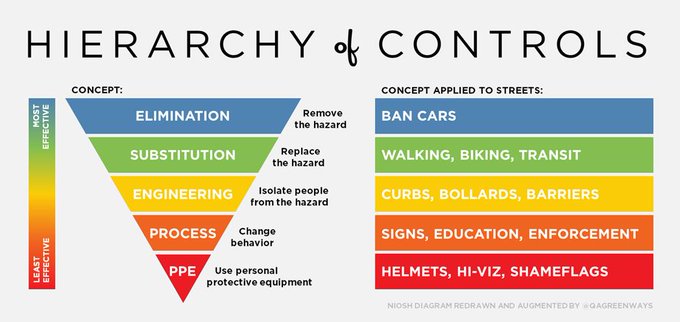
Add on:
But how can all road users pay attention to their surroundings when their surroundings are physically hidden from view. On Friday 30th September 2016, Transport for London published this video.
These changes to HGVs are great. Think how bizarre it is that the most vulnerable road users – pedestrians and cyclists are killed simply because they are hidden from sight due to the poor design of these vehicles. In a few decades, we will look back in shock at how we let these use our roads. Mayor Sadiq Khan has sadly set a long time span as an obligation for the changes to come into force. There will be a rating system put in place. It is a shame enforcement and therefore change of HGV design is not happening around the rest of the United Kingdom as well.
I checked up on CUR reg 30 (The Road vehicles (Construction and Use) Regulations, 1986) and it states, “Every motor vehicle shall be so designed and constructed that the driver thereof while controlling the vehicle can at all times have a full view of the road and traffic ahead of the motor vehicle”. So why isn’t this the case?! It’s written into law.
More soon.
Samuel.


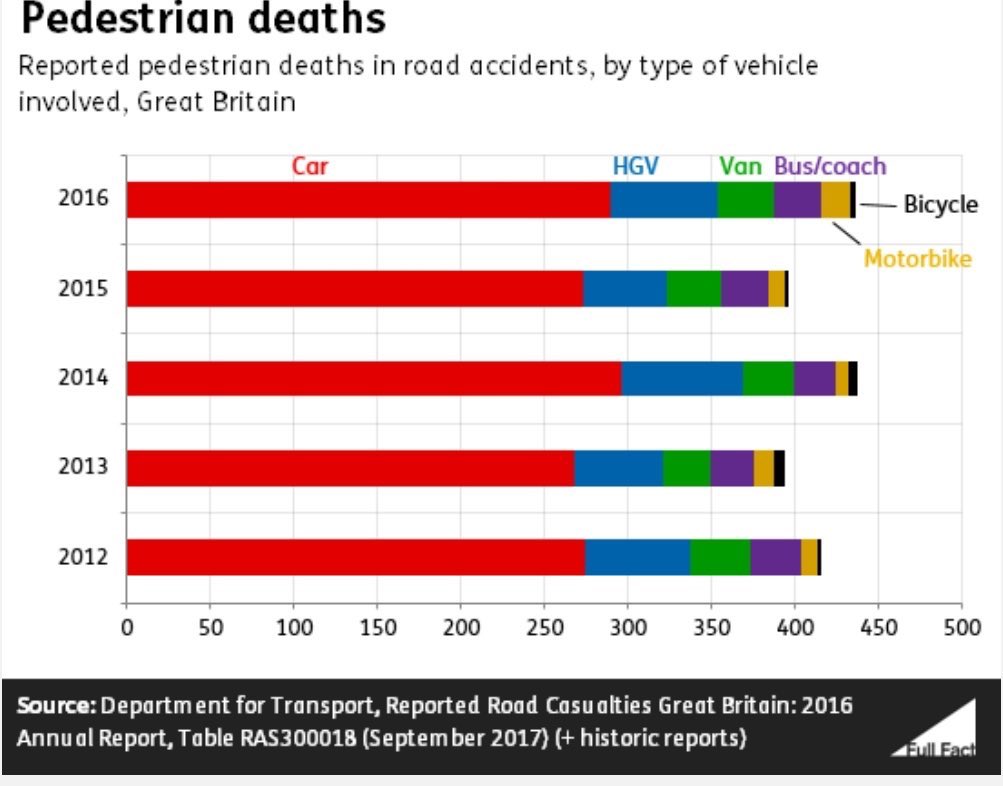

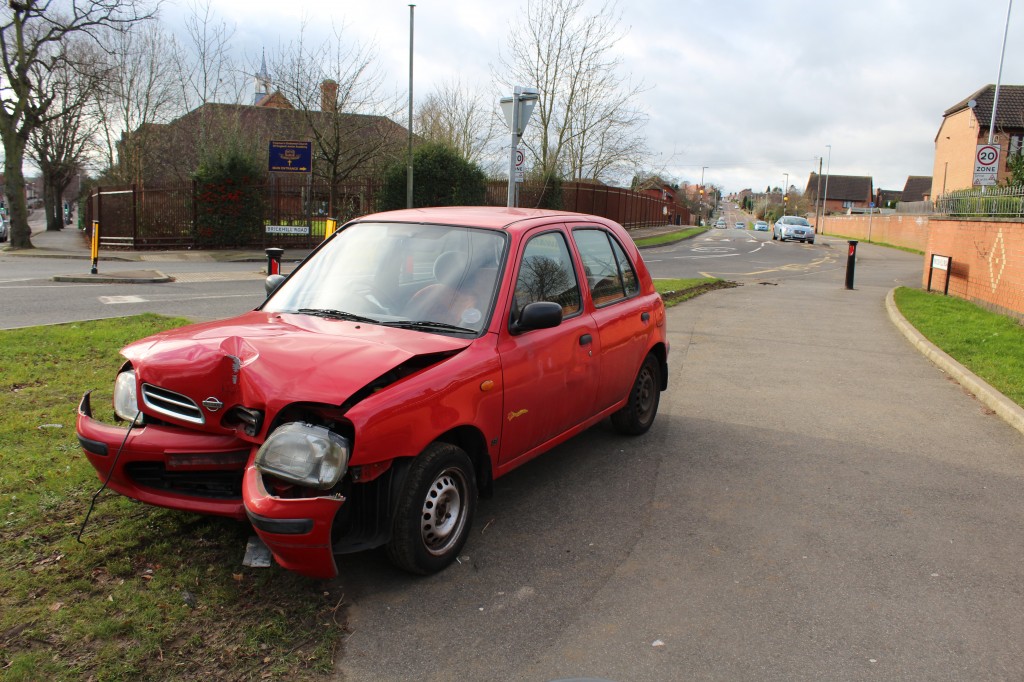
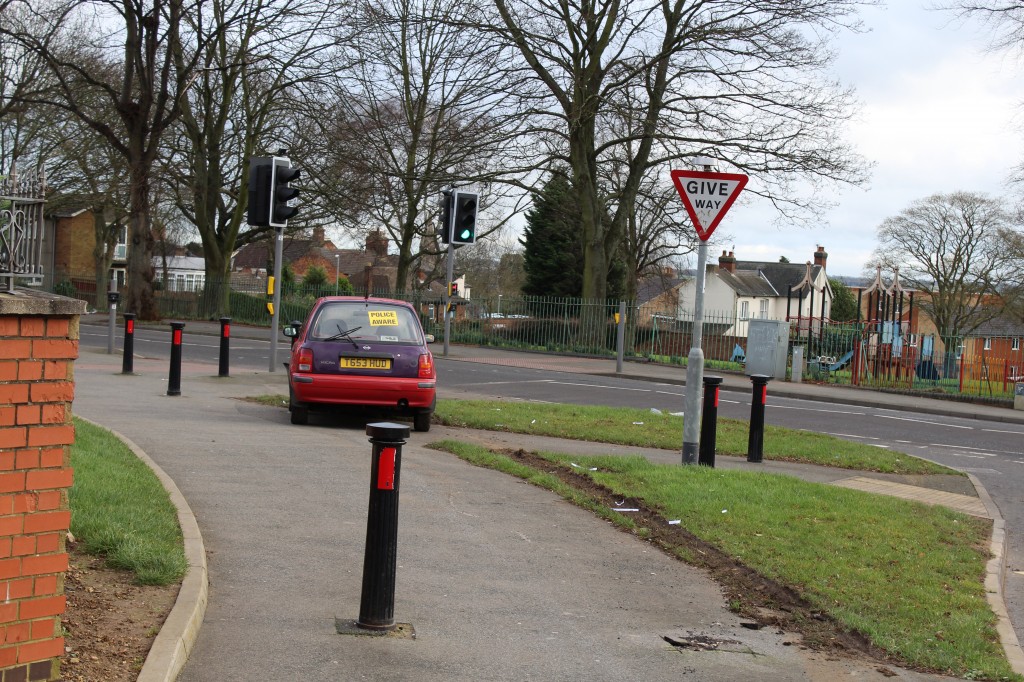
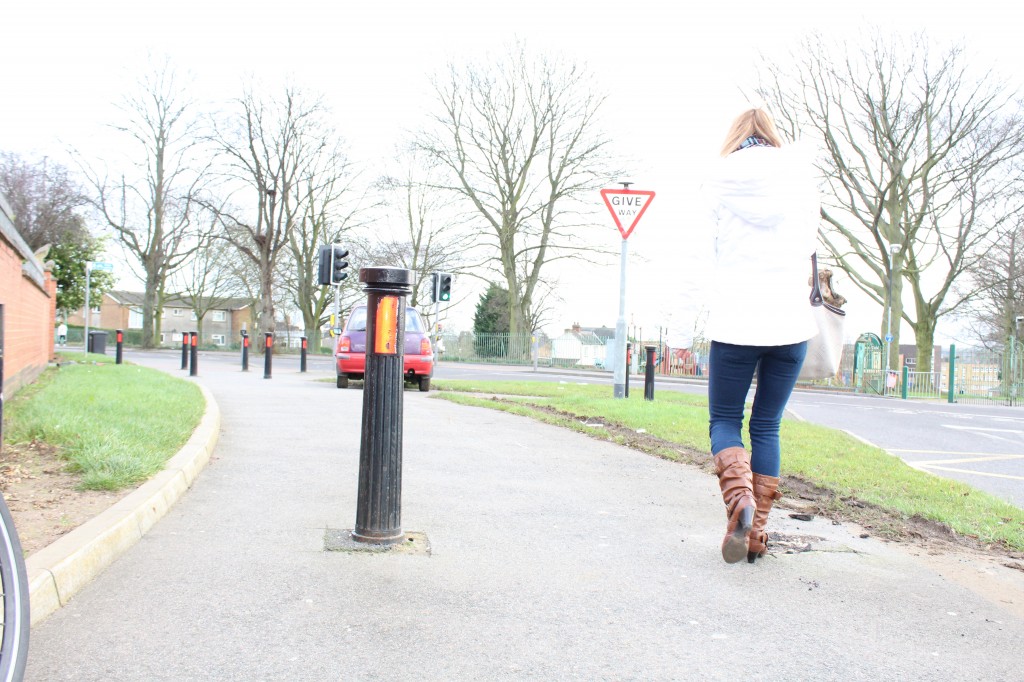
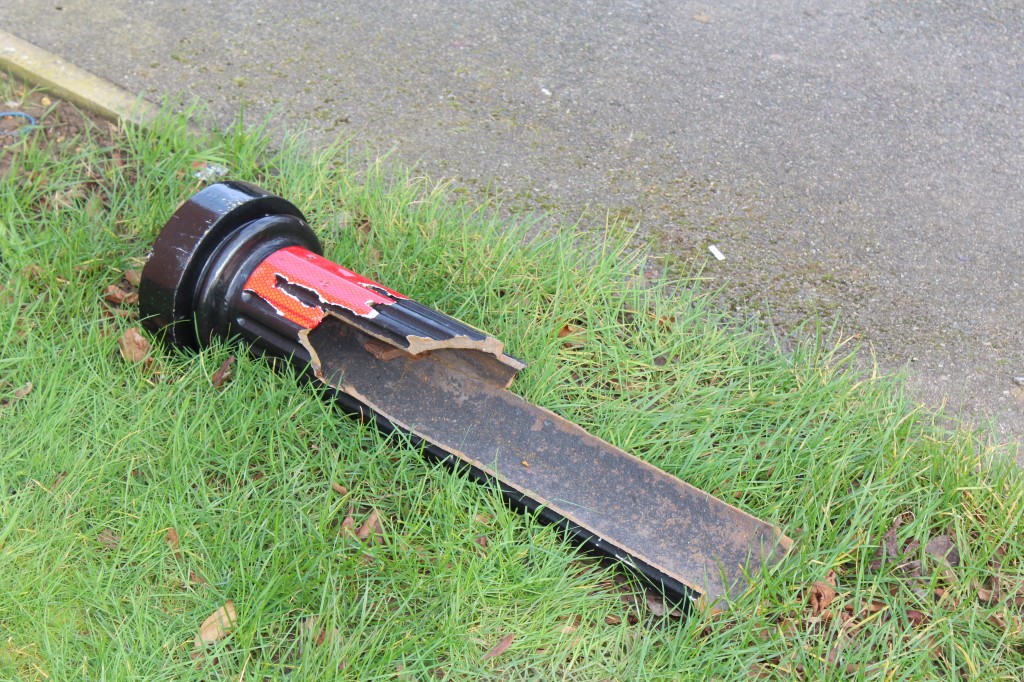
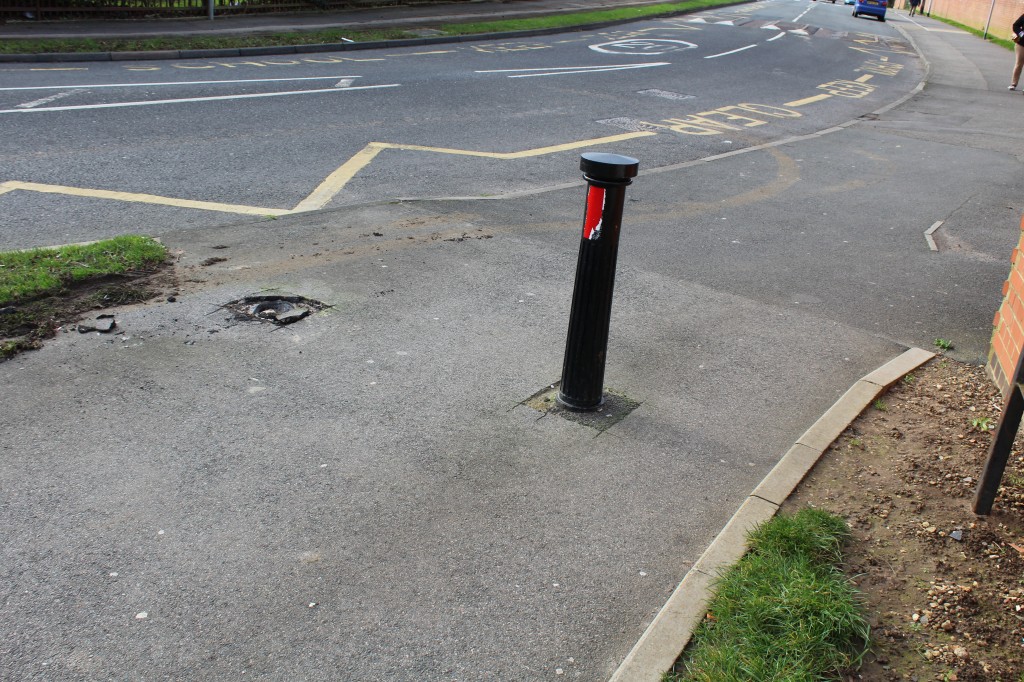
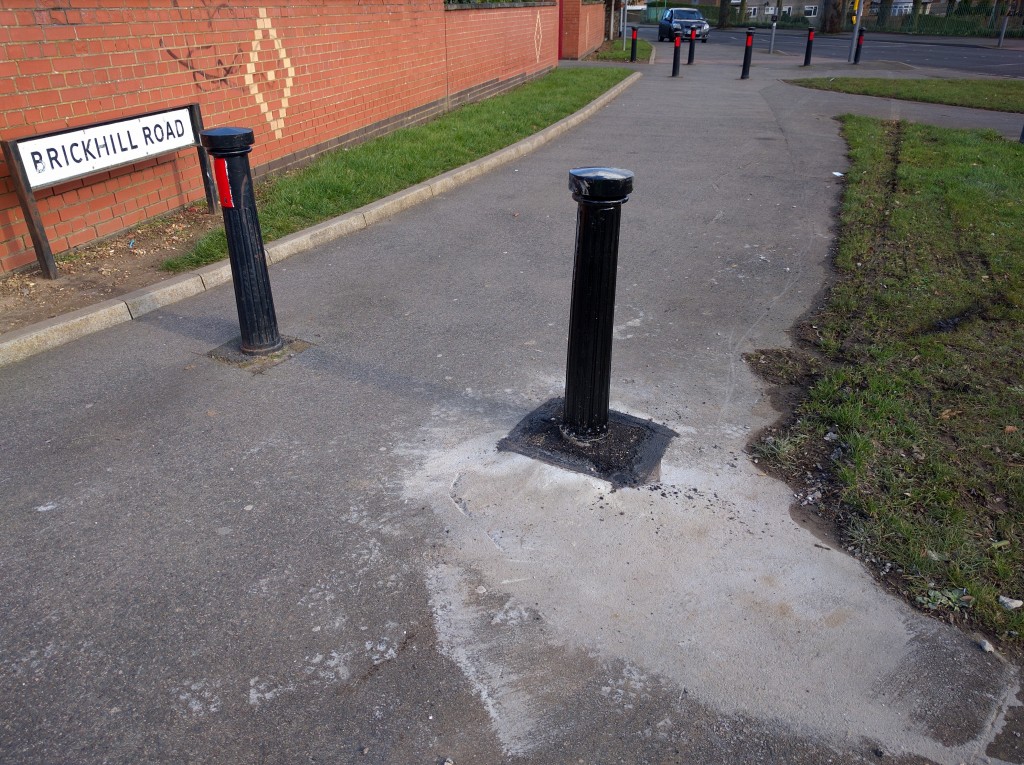
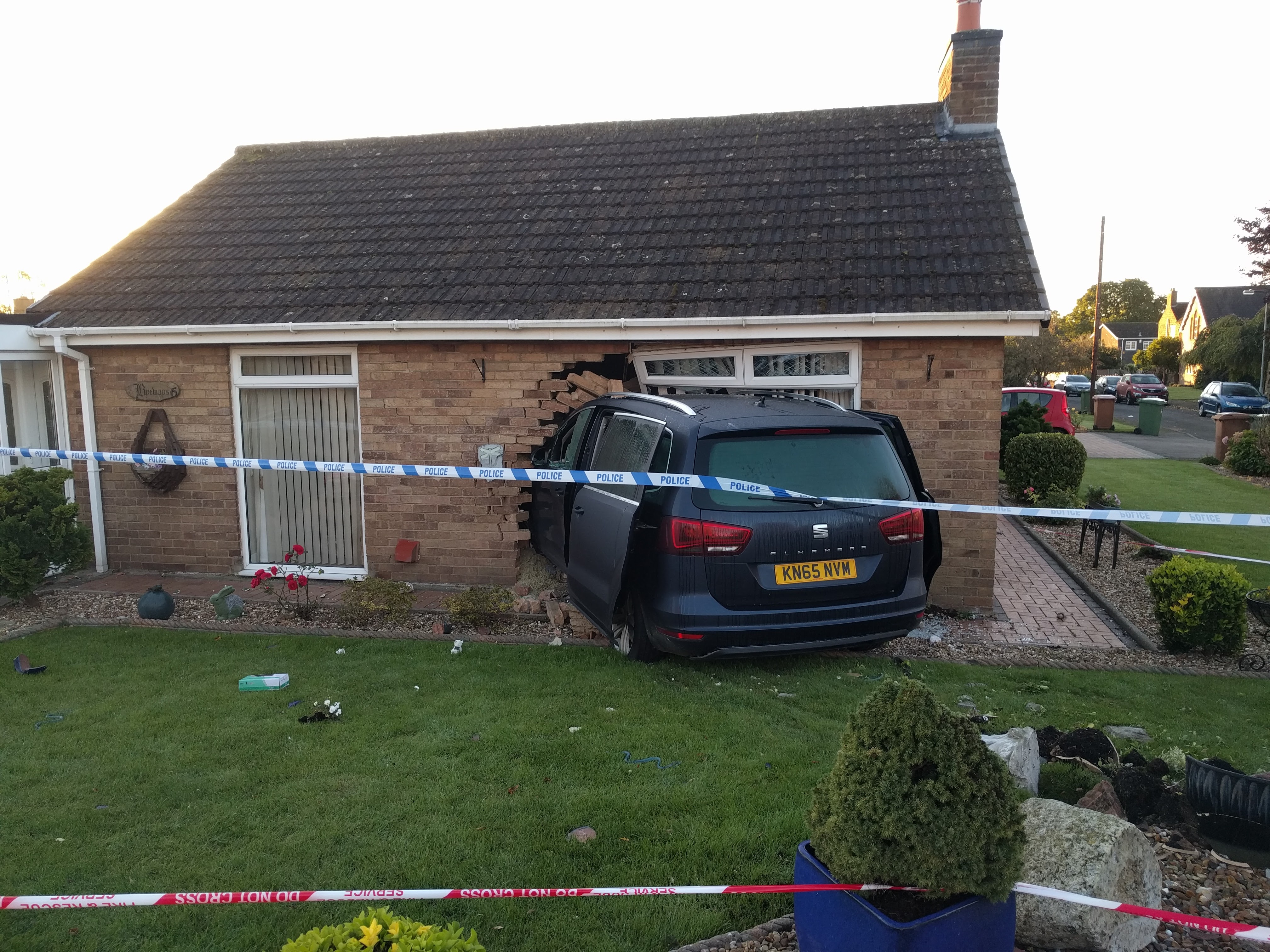




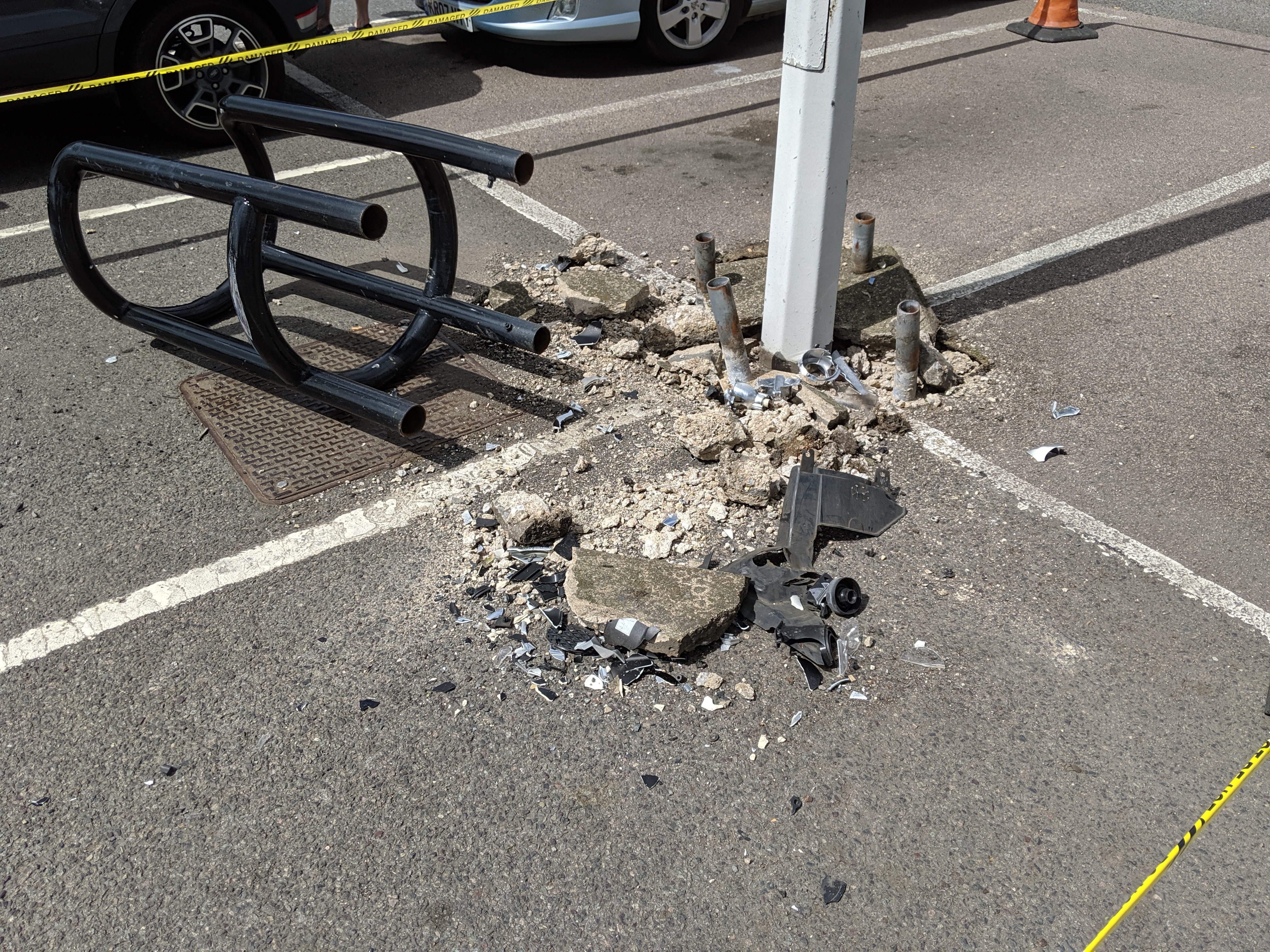
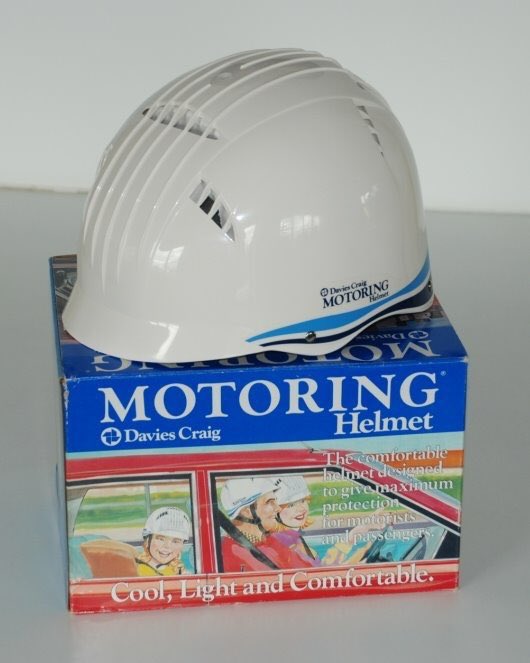
Leave a Reply